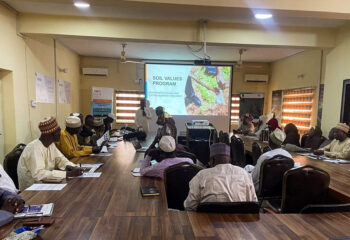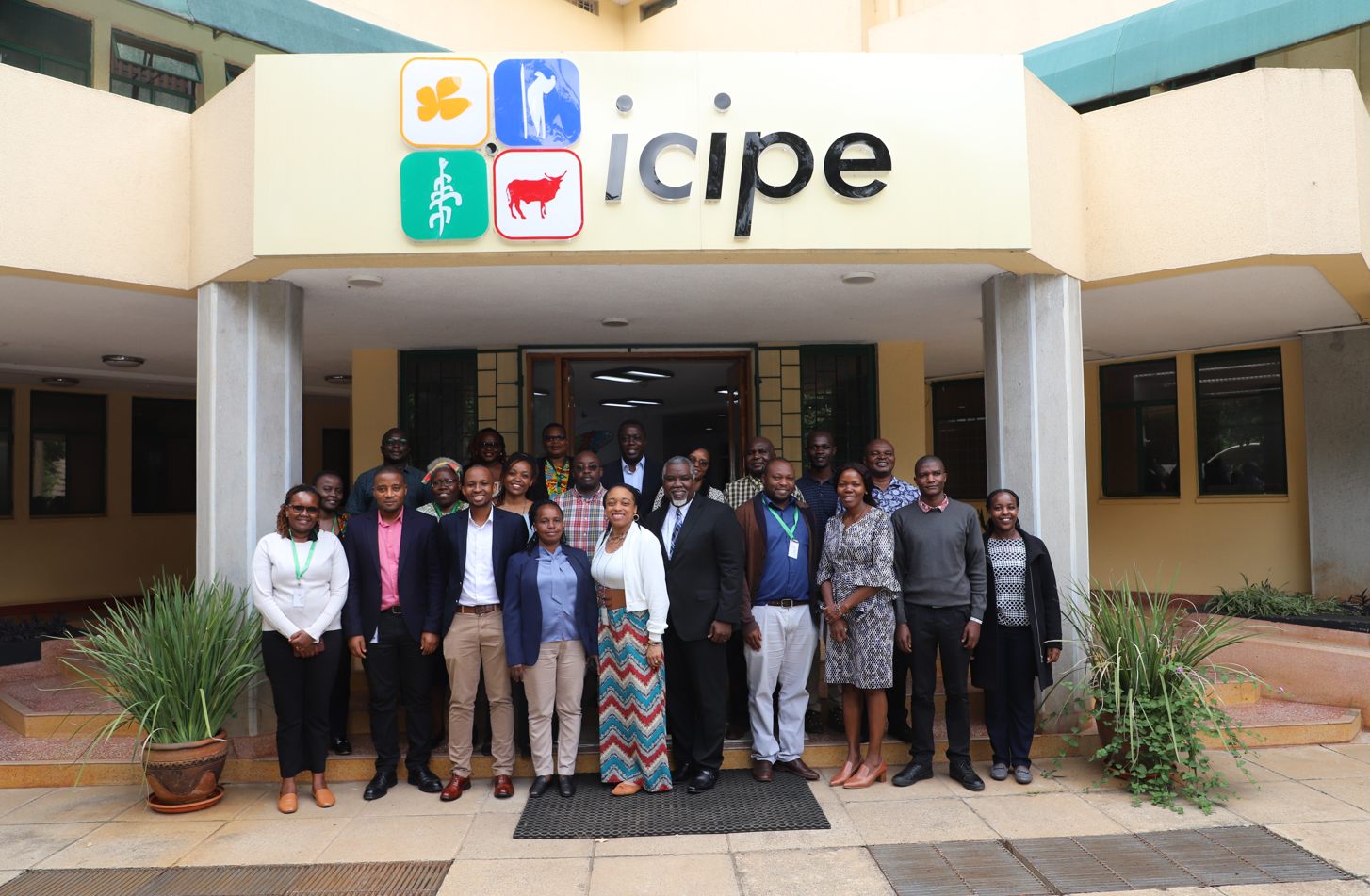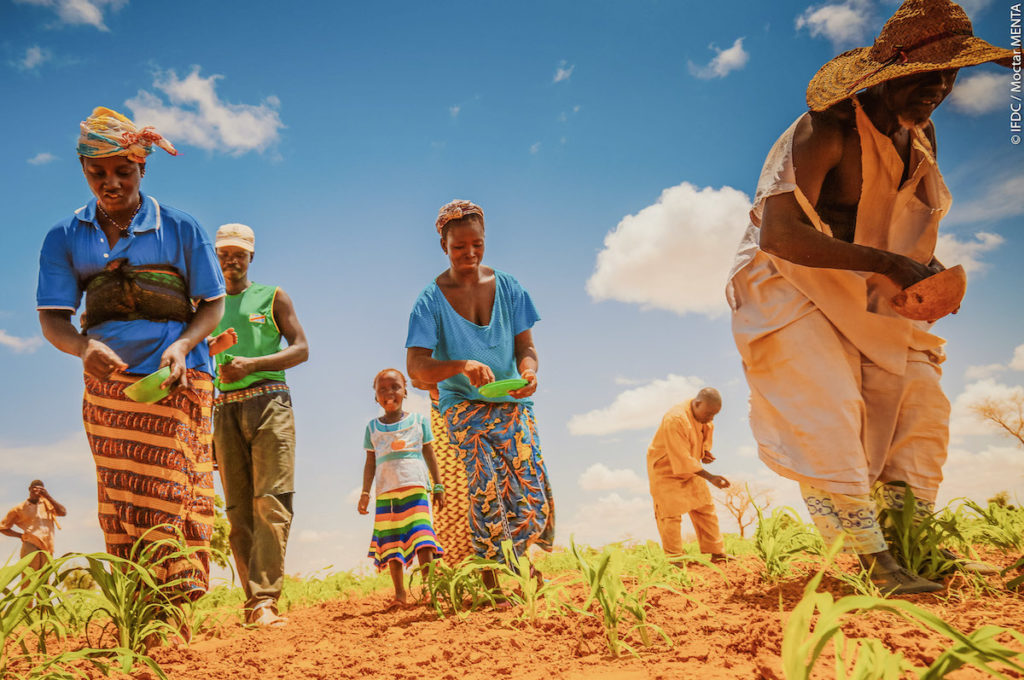
Happy Africa Day from IFDC! In the first of this two-part blog series, our very own Africa Food Prize winner and microdosing pioneer, Dr. André Bationo discusses the benefits of microdosing for smallholder farmers, sustainability, and soil fertility in Africa.
Status of Soil Health
African soils have an inherently poor fertility because they are very old, and the lack of volcanic rejuvenation has caused the continent to undergo various cycles of weathering, erosion, and leaching, leaving soils poor in nutrients. Inappropriate land use, poor soil fertility management, and a lack of inputs have led to a decline in productivity. Farmers in sub-Saharan Africa (SSA) use an average of 13 kilograms per hectare (kg/ha) of NPK fertilizers on croplands, which remains low compared to the world average of 100 kg/ha. The consumption of fertilizer per capita is five times lower than in Asia (Figure 1).
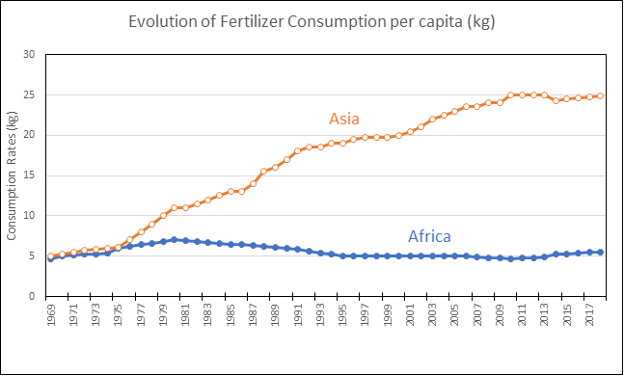
Due to the low use of fertilizers and suboptimal soil fertility management, crop yields have stagnated in the past 50 years, causing food insecurity and encouraging encroachment upon the remaining forests to meet the food needs of an overgrowing population.
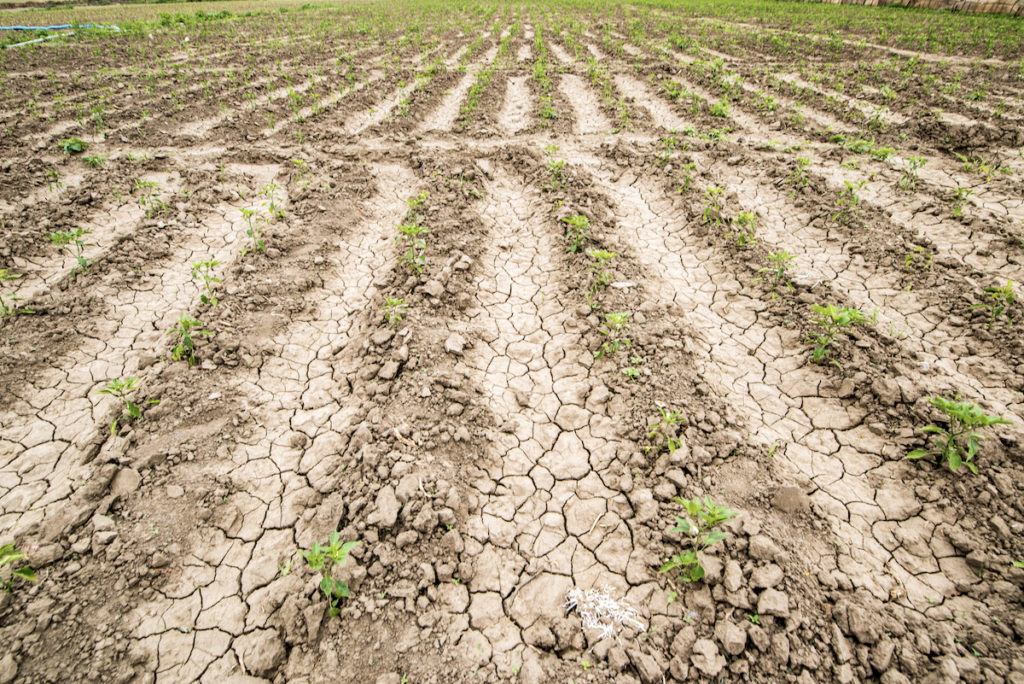
Soil infertility is the fundamental biophysical cause for the declining per capita food production in SSA over the last three to five decades. This is evident from the huge gap between actual and potential crop yields. (Table 1)

As a consequence of declining soil fertility and low use of fertilizers, SSA has been identified as a future hotspot for food shortage due to low agricultural yields. Several African countries are food-insecure and have persistently been unable to feed their populations. Over the past 40 years or so, agricultural production has increased at a rate of only 2.5% per year in Africa, compared to 2.9% in Latin America and 3.5% in Asia. As a result, Africa is a net food-importing region. Food imports in Africa rose from U.S. $15 billion in the 1990s to about U.S. $40 billion in 2007. The number of chronically undernourished people increased from 168 million in 1990-1992 to 224 million in 2016. Agricultural productivity in Africa lags behind all other continents. Productivity per agricultural worker has improved by a factor of only 1.6 in Africa over the past 30 years, compared to 2.5 in Asia. While cereal crop yields in Asia have doubled or even quadrupled since the 1960s, they have remained constant in Africa, and as population has increased, food production per capita has been declining.
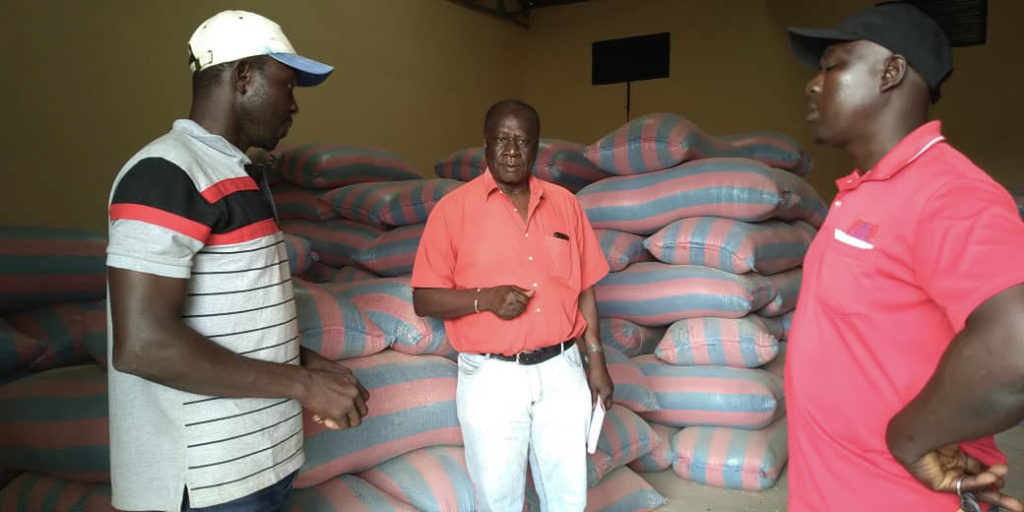
At least 485 million Africans have been affected by land degradation, making it one of the continent’s most urgent development issues with significant costs: Africa is burdened with a U.S. $9.3 billion annual cost of desertification. An estimated U.S. $42 billion in income and 6 million hectares of productive lands are lost every year due to land degradation and declining agricultural productivity. Africa has suffered a net loss of forests exceeding 4 million hectares per year, mainly due to the conversion of forest lands to agriculture. During a period of 30 years, soil fertility depletion has been estimated at an average of 660 kg of nitrogen (N), 75 kg of phosphorus (P), and 450 kg of potassium (K) per hectare from about 200 million hectares of cultivated land in 37 African countries. Africa loses U.S. $4 billion per year due to soil nutrient mining. Over 132 million metric tons (mt) of N, 15 million mt of P, and 90 million mt of K have been lost from cultivated land in 37 African countries in a period of 30 years. Nutrient loss is estimated to be 4.4 million mt N, 0.5 million mt P, and 3 million mt K every year from the cultivated land.
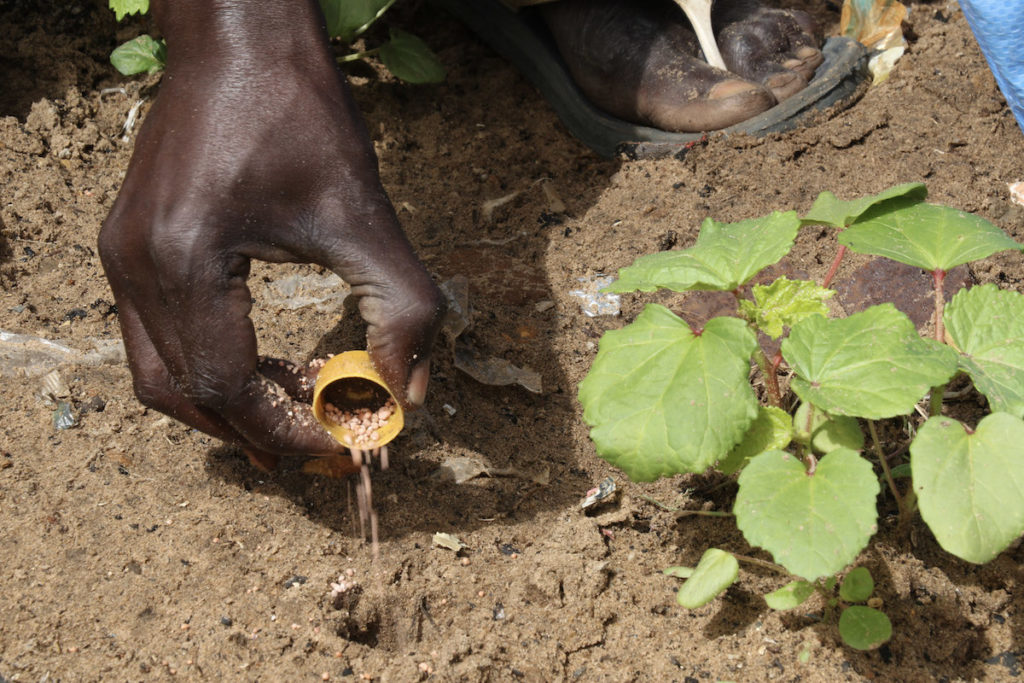
Since the 1960s, the underlying soil fertility management research and development efforts in SSA have undergone substantial changes because of experience gained with specific approaches and changes in the overall social, economic, and political environment faced by various stakeholders. During the 1960s and 1970s, increased use of improved germplasm and fertilizer led to a significantly rapid increase in food production, commonly referred to as the Green Revolution, especially in Asia and Latin America. However, little if any emphasis was placed on organic resources as sources of nutrients for soil health.
The impacts of the Green Revolution strategy resulted only in minor achievements in SSA. The abolition of the fertilizer subsidies in SSA imposed by structural adjustment programs led to a renewed interest in organic resources in the early 1980s. The balance shifted from mineral inputs to low-input sustainable agriculture (LISA), in which organic resources were believed to enable sustainable agricultural production. The adoption of LISA technologies, such as alley cropping or live mulch systems, was constrained by both technical (e.g., lack of sufficient organic resources) and socioeconomic factors (e.g., labor-intensive technologies). This led to the second approach, integrated nutrient management (INM), which emphasized the need for the judicious use of both mineral and organic inputs to sustain crop production.

Past soil fertility management approaches focused on fertilizer or low-input methods, but rarely on both, and ignored the essential scientific fact that fertilizers are most effective and efficient in the presence of soil organic matter and well-conserved soil structure. This dichotomy is resolved by the integrated soil fertility management (ISFM) framework, which entails applying locally adapted soil fertility management practices to optimize the agronomic efficiency of fertilizer and organic inputs in crop production. ISFM involves soil fertility management practices that include the use of mineral fertilizers, organic inputs, and improved germplasm and knowledge of their local adaptation. Such practices maximize agronomic use efficiency of applied nutrients and improve crop productivity (Figure 2). Widespread adoption of ISFM is crucial in harnessing healthy soils, given that inorganic fertilizer provides most of the nutrients and organic fertilizer increases the soil’s organic matter status, structure, and buffering capacity. Moreover, use of both inorganic and organic fertilizers has proven to result in synergy, improving the efficiency of both nutrient and water use.
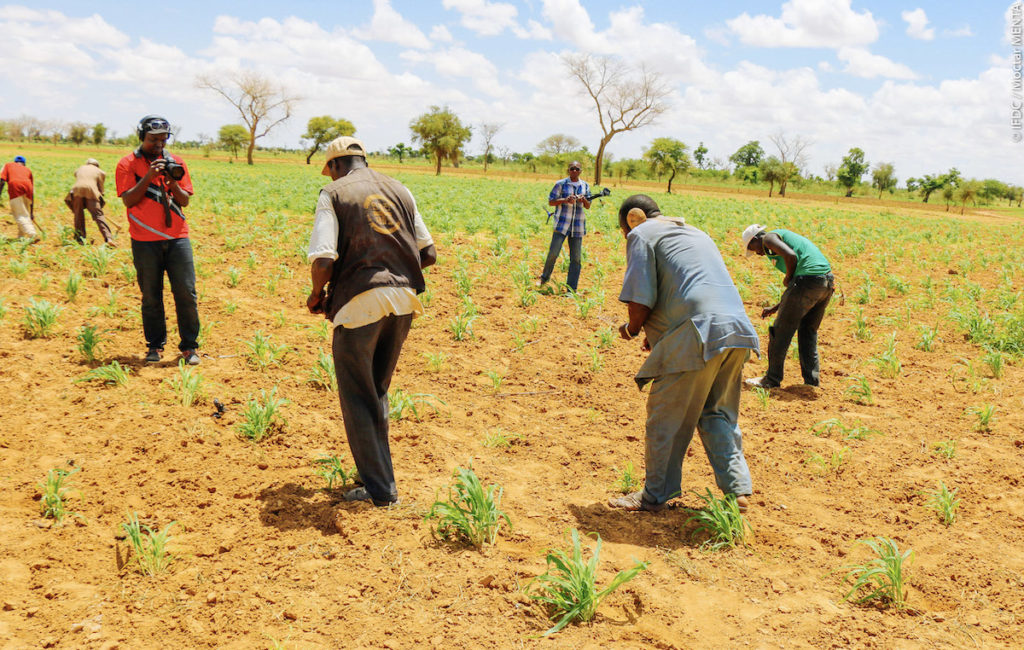
Success Story of Microdosing
Poverty and food insecurity continue to create suffering across Sahelian counties. Unpredictable droughts cause food shortages for both humans and the livestock on which they depend. The predominantly sandy soils in this zone are of very low fertility, particularly in P and N, limiting crop growth and yield.
It is widely believed that the only real solution to hunger lies in the intensification of agriculture and in increased productivity of the arable land using external inputs.
To address these constraints and increase the productivity of these major staple food crops, the microdosing technique was developed. It involves applying small doses of fertilizer on the hills of the target grain crop at planting, rather than broadcasting it all over the field. The microdosing technology is affordable to the poor because of the reduced investment cost. It also gives the crop a quick start and an earlier maturity, avoiding early and late season drought while increasing crop yields.
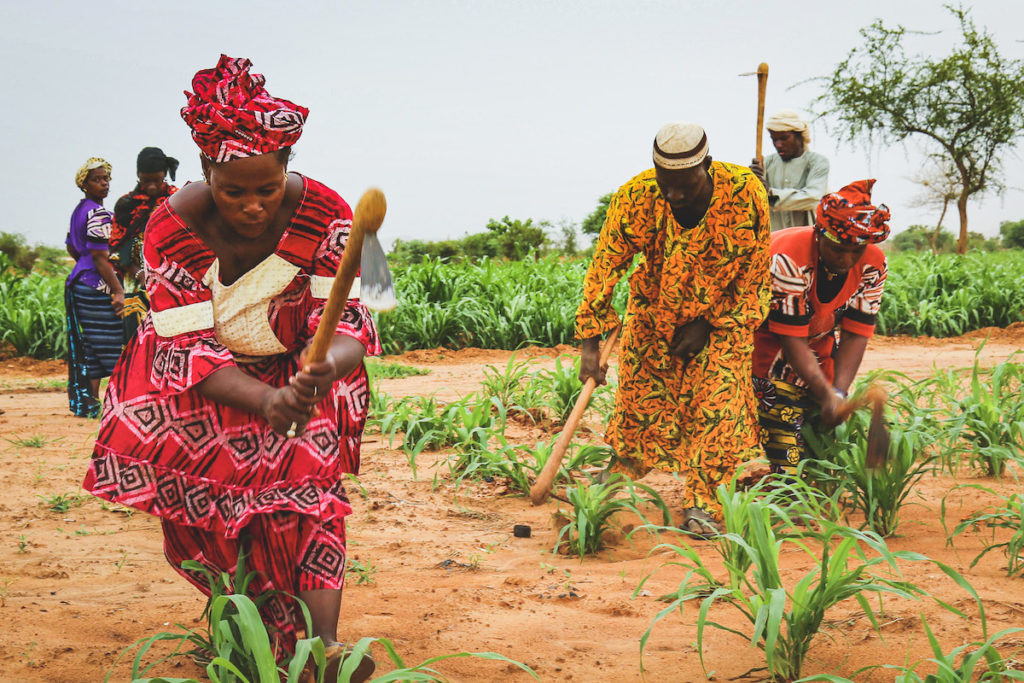
Microdosing ensures efficiency in fertilizer use by the plants, reduces losses through leaching or runoff, decreases cost, mitigates the impact of fertilizer in drought-prone areas, and promotes crop productivity.
Microdosing technology has been tested over several years, and farmers in many countries are now adopting this technology. The most recent results obtained by scientists from the Institut de l’Environnement et de Recherches Agricoles (INERA) with the microdosing technology in Burkina Faso showed yield increases of 85-174% compared no fertilizer use.
Many studies have shown that the microdosing technology is very profitable but most farmers in extreme poverty still lack the funds to purchase fertilizers. Thus, using this technology in combination with warrantage is beneficial in linking farmers to the market.
It is not enough to grow more crops. What is even more important is that farmers can get the right price for their product to increase their income and improve their livelihoods. The development of effective input and output markets and provision of accessible and affordable credit facilities are key to increasing food production among resource-constrained smallholder farmers. The linkage of farmers to markets has in the recent past been recognized as key to sustained soil fertility technology adoption and hence a booster to food production. Access to and use of external inputs, both organic and inorganic, remains the only real “cure against land hunger.” The “warrantage” system, a traditional social safety net, was developed to tackle this problem through a micro-credit program employed by financial institutions, which provides credit against grain harvests stored in a secure local storage facility.
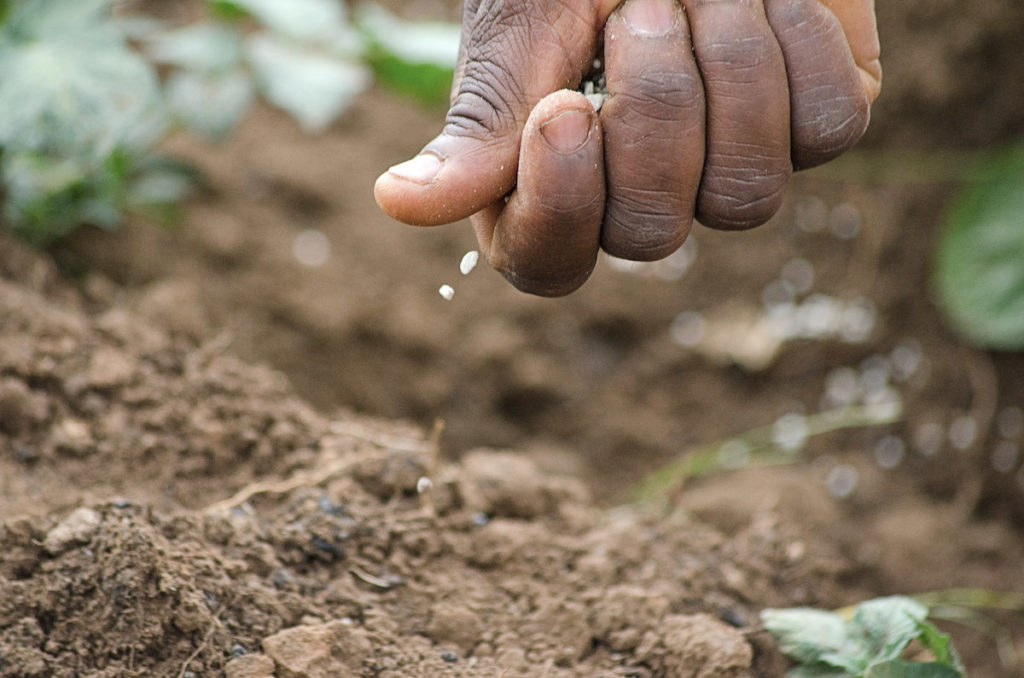
The system enables producers to access loans against the value of their stored farm produce at harvest, when the price is relatively low, and sell it four to five months later when prices improve, thus earning a better return on investments.
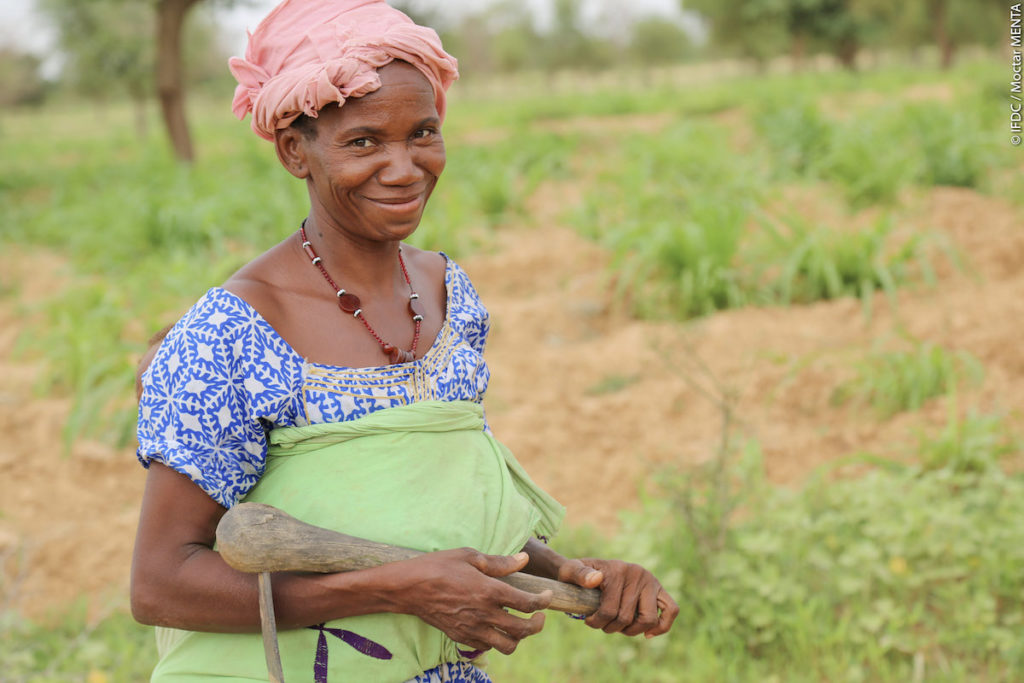
The microdosing technology and warrantage system have spread from the villages in Niger, where the innovations were first pioneered, to many other villages and institutions in Niger, Mali, Burkina Faso, and Benin, making a significant contribution to agricultural production and trade across the Sahel region. To date, it is estimated that over 10 million farmers are benefiting from the microdosing and warrantage systems in West Africa. The success of the innovations has attracted interest and investment from countries in the Sahel region. The World Bank, European Union, the Canadian International Development Agency (CIDA), the International Development Research Center (IDRC)-Canada, the United States Agency for International Development (USAID), the Bill & Melinda Gates Foundation, the African Development Bank, and the Islamic Development Bank have invested about U.S. $250 million in scaling up microdosing and warrantage. The combination of the warrantage system and microdosing can work in many other parts of Africa and should be scaled up through the establishment of an enabling policy environment.

